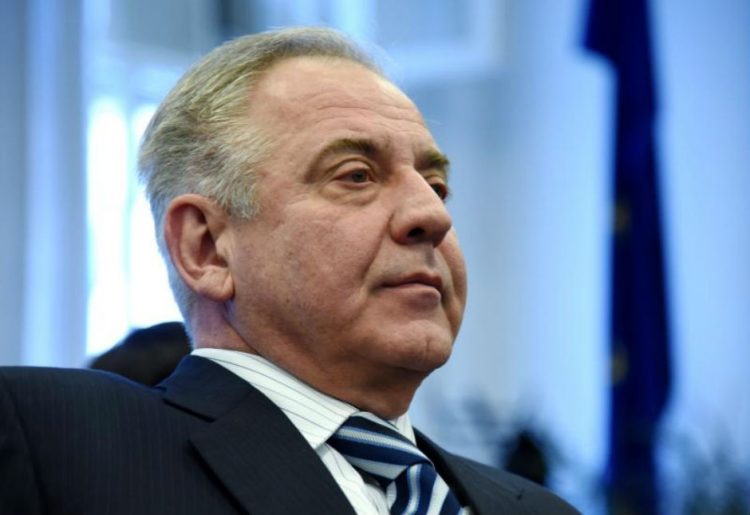
In the last 20 years Croatia's debt has increased sixfold, from HRK 50 billion to nearly 300 billion, the Vecernji List daily says in its Tuesday edition, citing figures that show that the HDZ government of Ivo Sanader set the record in borrowing while the most reforms were carried out by the government led by Social Democrat Ivica Racan.
The political rise of Zoran Milanovic has refuelled debates about his government having been the most spendthrift. The statistics, however, show a different thing.
The leader in terms of borrowing was the HDZ government led by Ivo Sanader and his successor Jadranka Kosor, during whose four-year term (2008-2011) public debt rose by HRK 95 billion, more than doubling in the two terms, says Vecernji List.
Milanovic’s government increased the debt by around HRK 73 billion, Racan’s by around 40 billion and Plenkovic’s by around 15 billion.
Economists, however, warn that adding up public debt is like comparing apples and oranges.
“Macroeconomically, we are talking about different environments. It would be more sensible to judge reforms and their impact on long-term growth,” says Zeljko Lovrincevic of the Institute of Economics.
“The term of the Ivo Sanader government was a period when loans were sought for infrastructure projects that were financed by the Croatian state, and there were both rational and irrational investments,” said Lovrincevic.
Milanovic’s government led the country during the period of a very deep financial crisis, when deficits were a way to maintain the country’s financial system and prevent complete chaos.
“It was a period of record-high interest rates, unlike the current situation, with artificially created low interest rates. The two periods are almost incomparable, in terms of both sources of financing and capital prices,” said Lovrincevic.
Sanader and Milanovic did not have at their disposal EU funds available to the incumbent government, which is macroeconomically the most successful one, if the short term of PM Tihomir Oreskovic is disregarded, as public debt has been falling as measured by its share in GDP, however, neither Sanader nor Milanovic performed well in terms of structural reforms.
“Running the country was most difficult during the term of the Ivica Racan government, it was a heterogeneous coalition that led the country in a transition from a semi-military model of state functioning to a civilian economy. That is when most progress was made in structural reforms,” Lovrincevic believes.
Lovrincevic previously compared growth rates in Croatia with rates in other transition countries behind which Croatia lagged by 30%.
Paradoxically, but Croatia lagged the most behind during the term of the first Ivo Sanader government, from 2004 to 2007, when economic growth was 14% lower than in other transition countries, unlike the most successful, Ivica Racan government, during whose term the national economy lagged behind by 2%.
Racan’s government raised GDP by around 18% during its term and at the time Croatia’s economy grew faster than the economies of the Czech Republic, Slovakia, Hungary and Slovenia, which from today’s perspective looks like science fiction, says Vecernji List.




